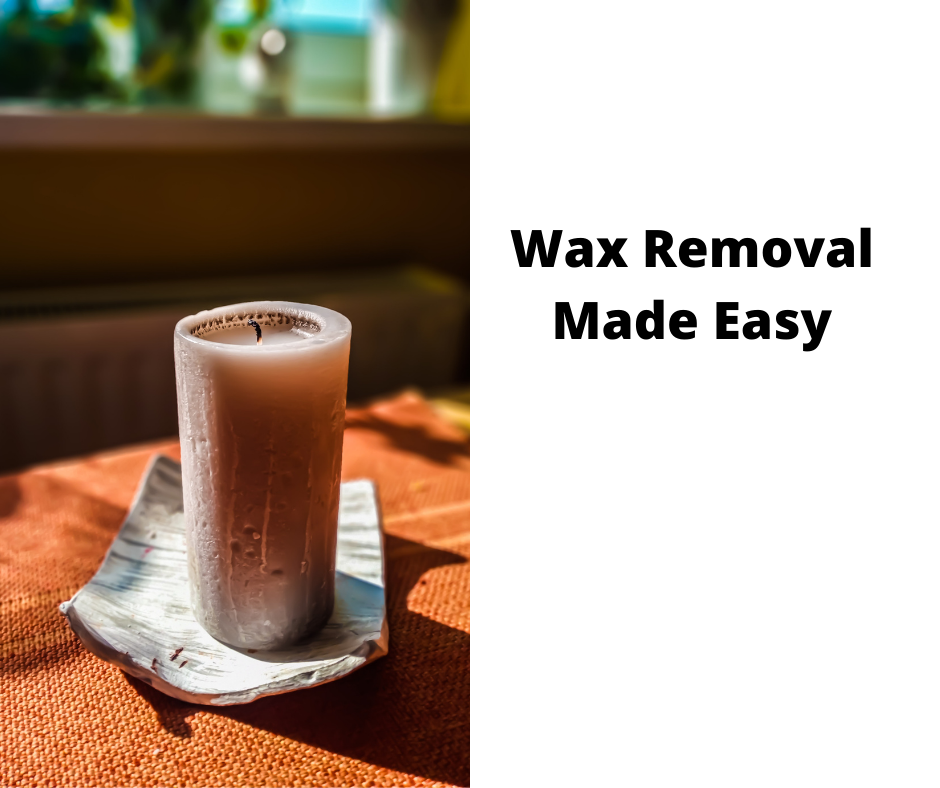If you are not able to return home immediately, reach out to a friend or family member to check on the candle. Sometimes someone who is nearby can attend to it quicker than you can. Another alternative is to ask a coworker to verify if the candle has been extinguished.
Burning candles all the way down
If you want your candles to burn down completely, make sure they are lit all the way down. Otherwise, you run the risk of damaging the container or the surface beneath them. You should also avoid burning your candles for four hours or more. This is because the wax in the candles could overheat and burn too hot for the surface.
If you want your candles to burn evenly and completely, it’s best to use quality wax. A premium candle will burn more evenly, and it’ll last a lot longer. Paraffin candles, on the other hand, are cheap, and tend to burn quickly. They also leave lumps of wax behind.
Tunneling
Tunneling occurs when the wax of your candle tunnels in the candle jar. There are several ways to remedy this problem. You can use an aluminum foil tent to cover the candle, but be careful not to burn the wax inside. Another way is to use a candle warmer to melt the wax and release the fragrance.
Tunneling can be caused by several factors, including the size of the wick. If the wick is too small, the candle cannot put out enough heat to prevent tunneling. A large wick will produce a larger, more uniform flame. This will result in less tunneling.
Air pollution
Candles give off a lot of smoke and can be hazardous to your health. Candles contain paraffin, a petroleum-based substance that releases a variety of toxins into the air. These toxins can irritate the respiratory system and trigger asthma. These pollutants can also build up in closed rooms without proper ventilation. So, it’s best to avoid burning candles when possible. Instead, use a candle with a soybean or beeswax base.
Candles also release a large amount of soot, which is a form of air pollution. This soot contains chemicals such as lead, phthalates, and volatiles. The smoke from burning candles can affect the air quality inside your home, especially if you burn a lot of candles.
Safety precautions
There are many precautions you need to take to make sure your candle does not go out on its own. They should be kept out of reach of children and pets and placed at least 12 inches from flammable items. Besides these precautions, it is also important to use sturdy candle holders.
If you leave a candle burning overnight, it can become unstable and even cause a fire. This can happen when all the wax melts and catches the wick and ignites everything nearby. If you want to avoid this scenario, it is best to use a snuffer. These snuffers will not leave a mess behind and they will also prevent smoke from entering the house. This smoke can set off an alarm system or even damage the house.
Before you handle a candle that has gone out on its own, wait for it to cool completely. Never try to relight a candle that has cooled completely. It may cause fire if you try to handle it too quickly.
Tossing a candle
It is not a good idea to blow out a candle that has reached the end of its life. This can lead to a fire hazard. It is also not a good idea to burn candles all the way to the end, especially if you have a higher-end candle that doesn’t burn all the way down.
First, you should snuff out any excess smoke. You should also make sure the candle doesn’t have any matchsticks or wick trimmings in its container. Lastly, you should allow the candle to cool completely before handling it.









